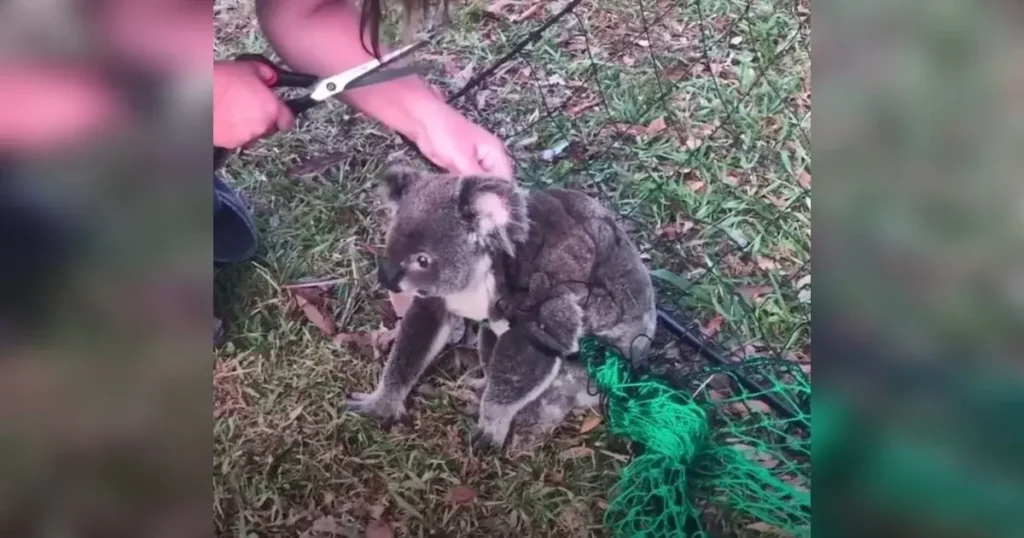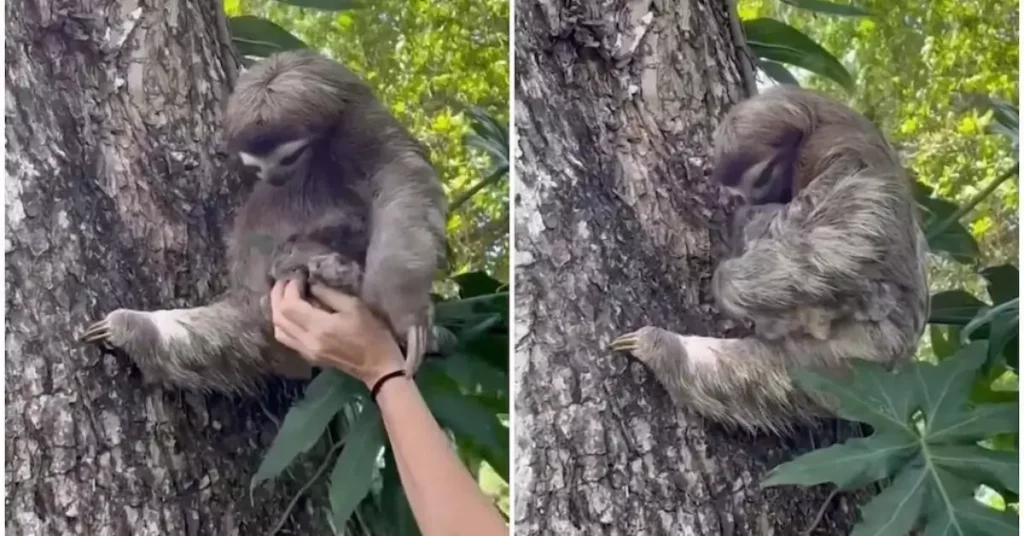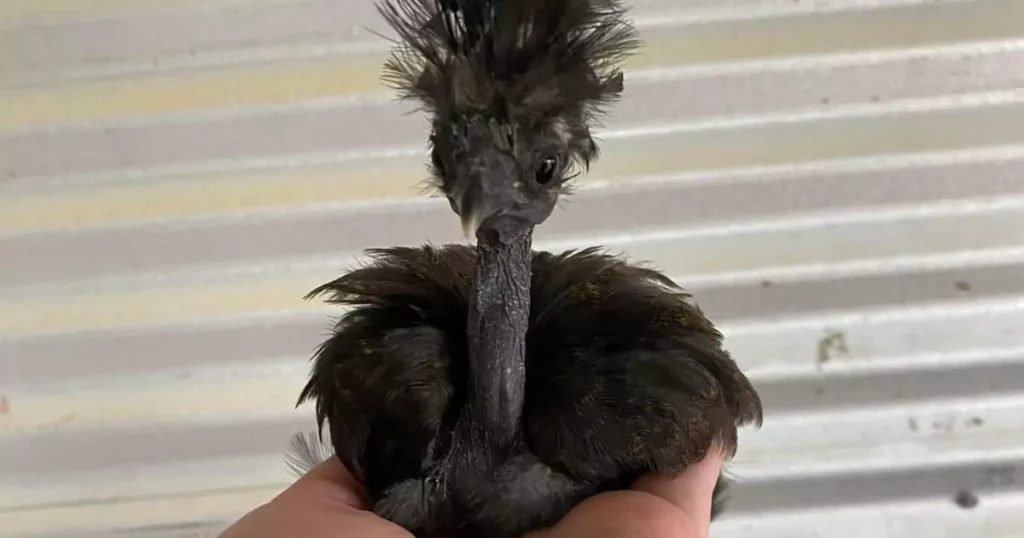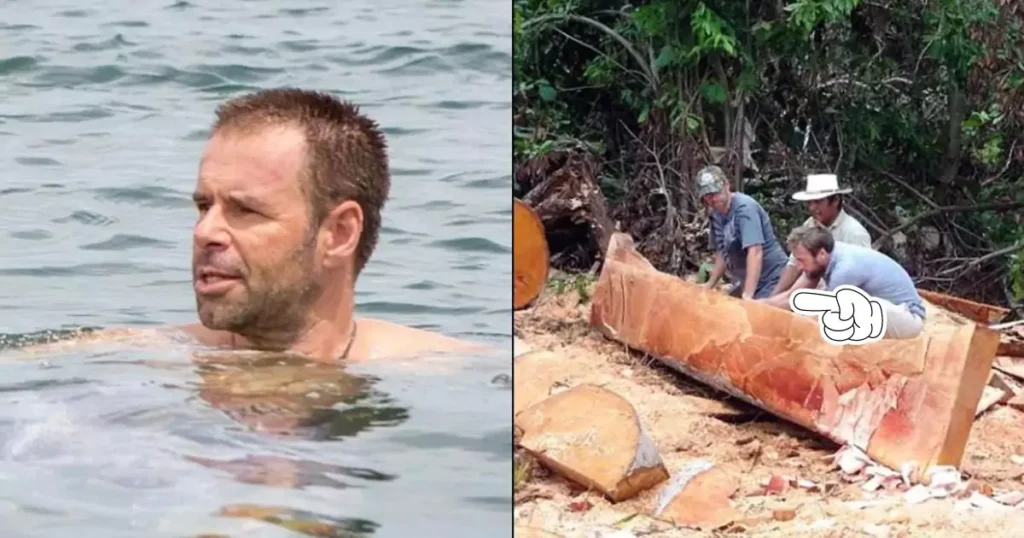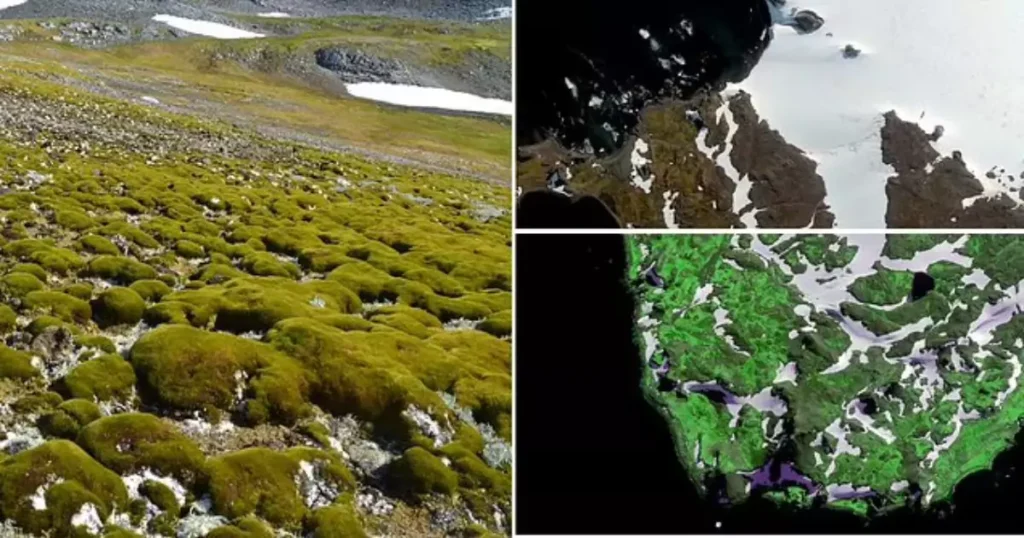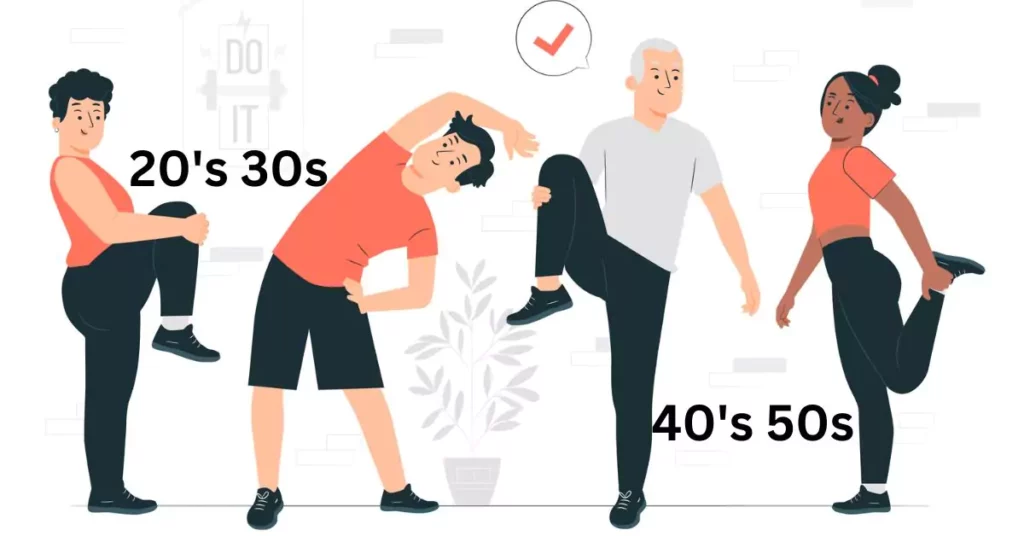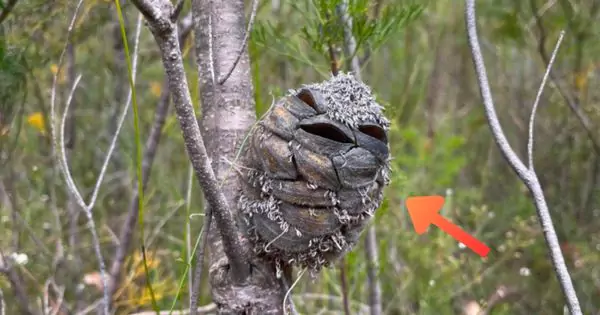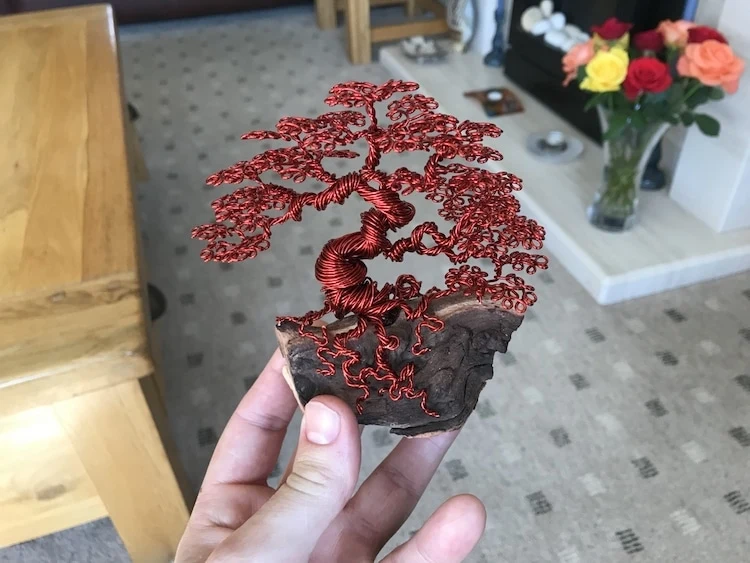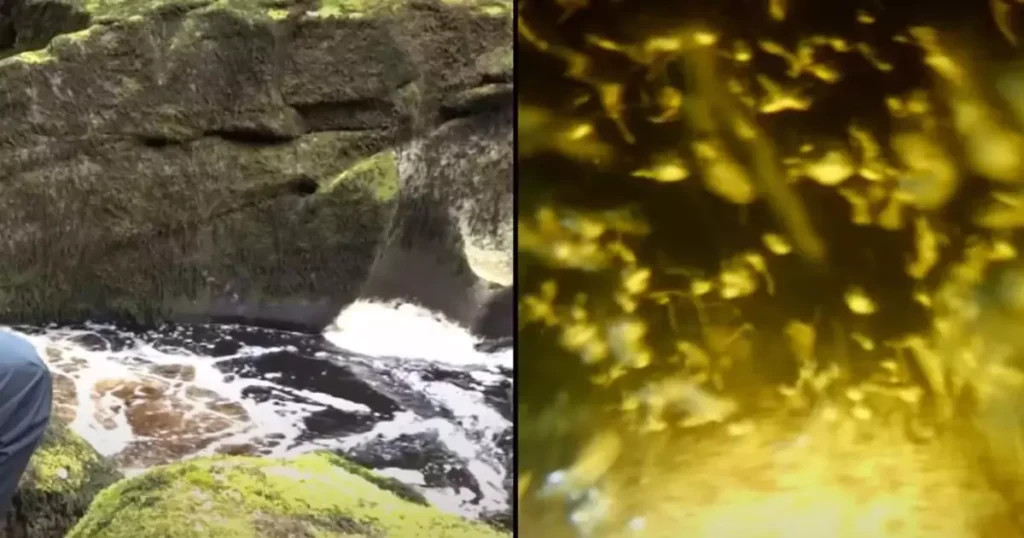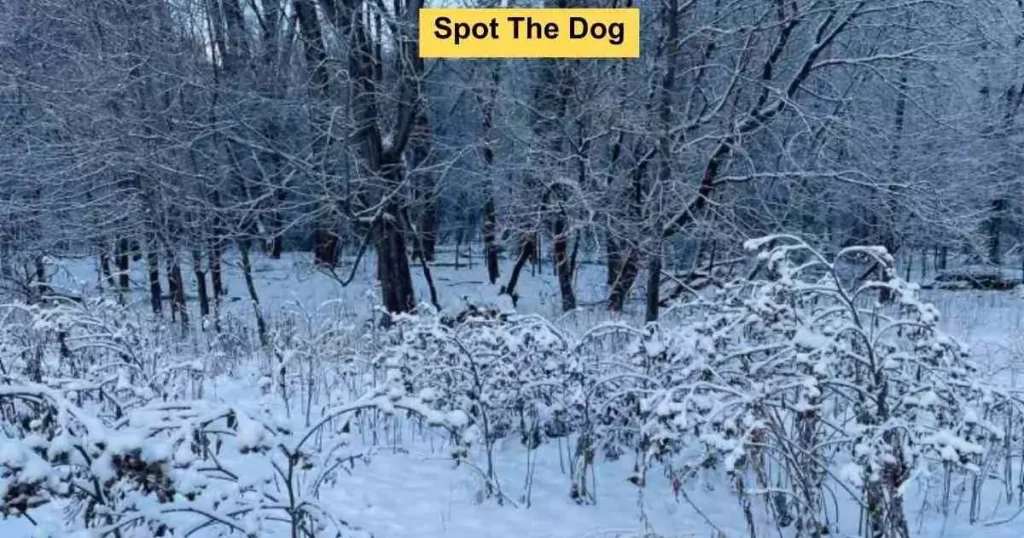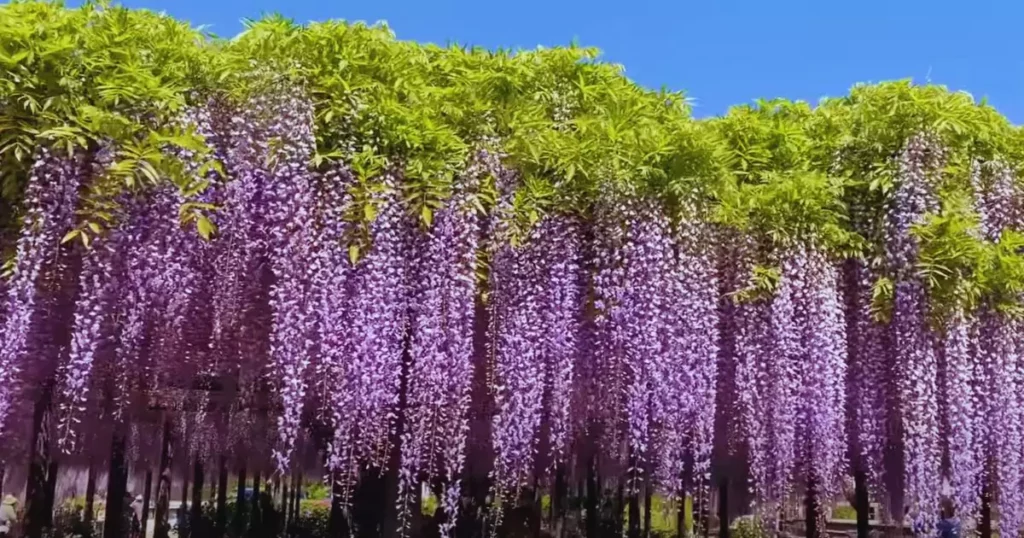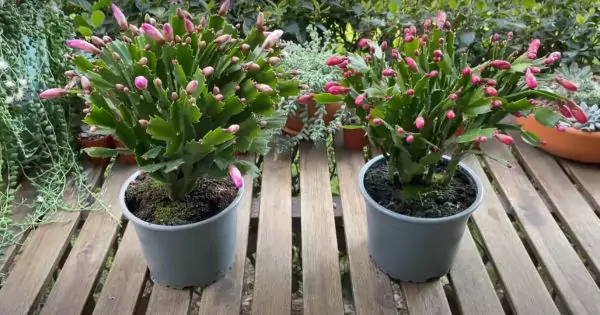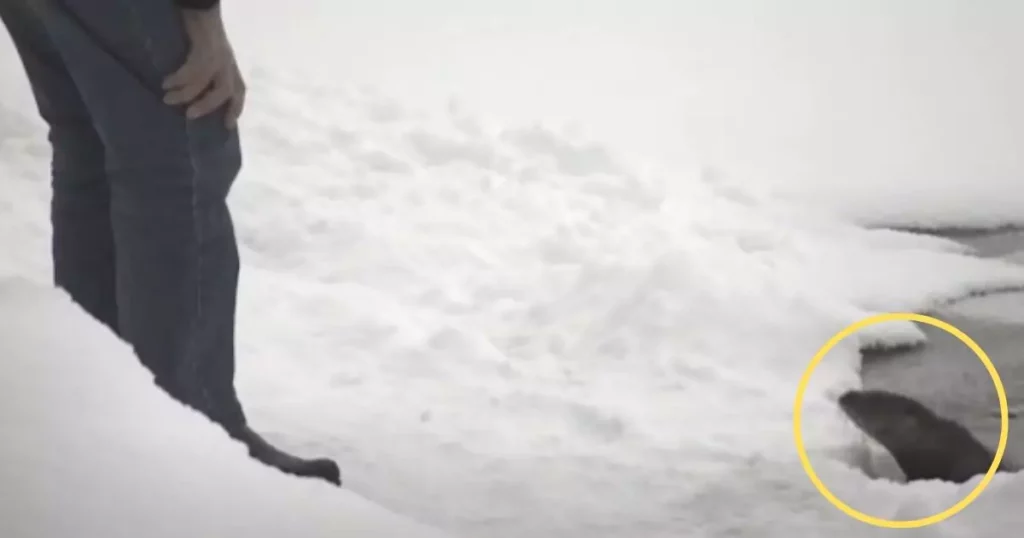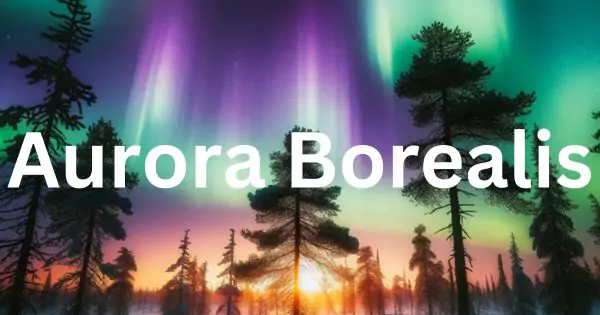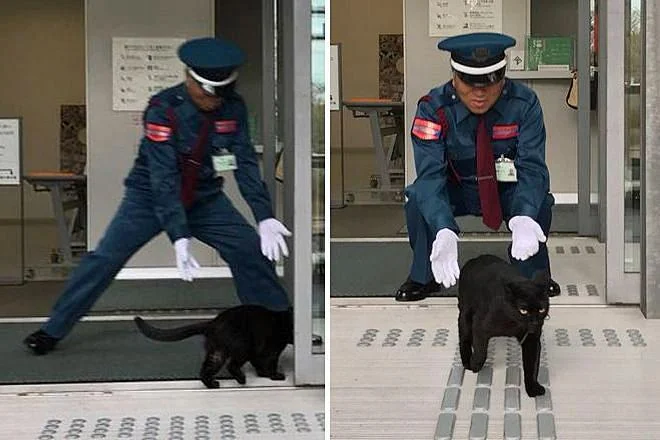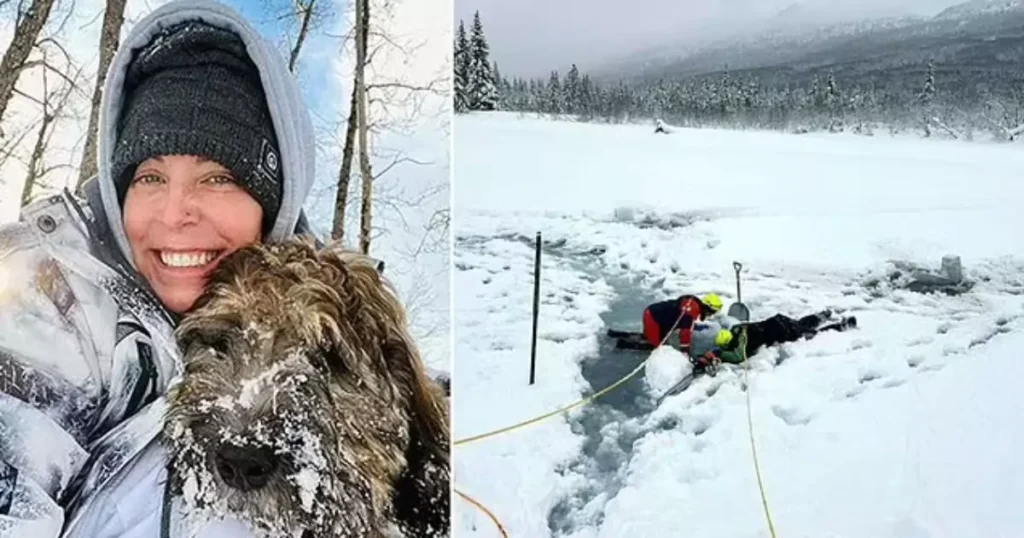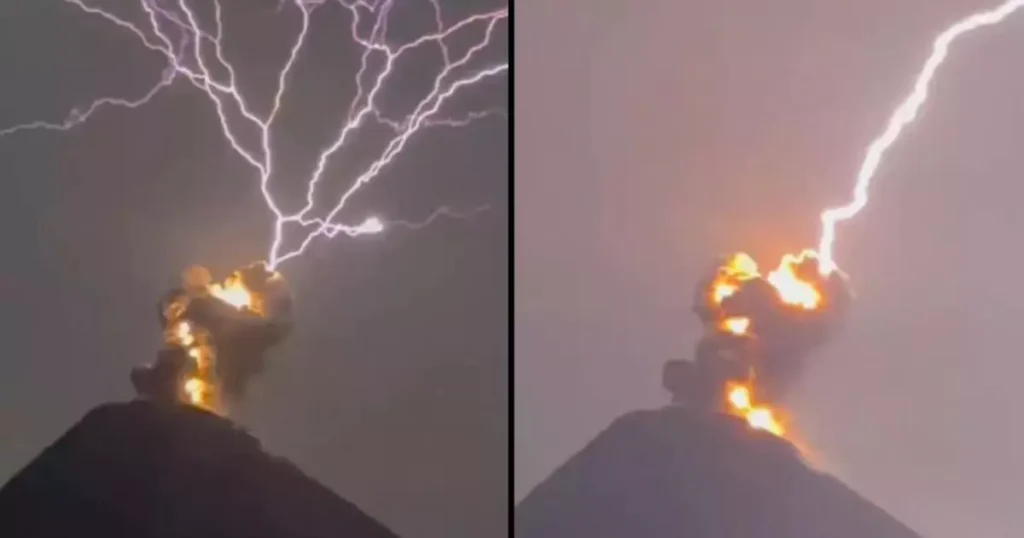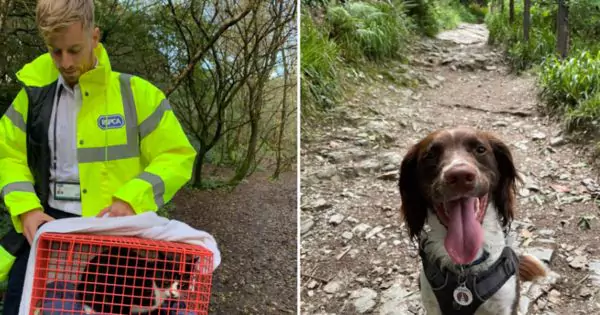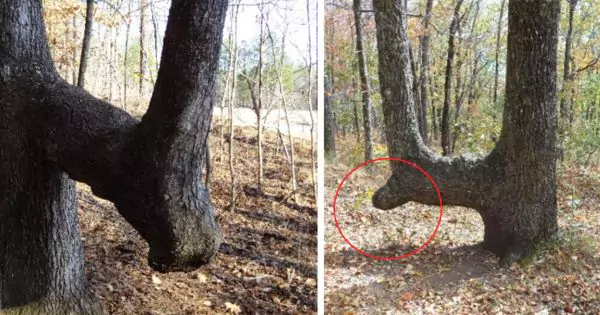
I find it hard to imagine traveling without a GPS these days. It feels like we let technology take over our lives. It’s not surprising that they’ve even connected the brain to the internet!
Before we had maps or GPS, how did people find their way, especially in the woods? Nature held secret clues, and one of them involved bent trees. If you see a bent tree in the forest, it’s time to look around carefully.
Have you ever seen a tree in the forest that bends in a strange way? These trees are more than just odd shapes in nature. They hold stories from long ago. In this article, we’re going to learn about these bent trees, also known as “trail trees,” and discover what they tell us about history and culture. Let’s start our adventure to find out the secrets of these amazing trees.
The Historical and Lifesaving Significance of Bent Trees
In North America’s forests, you might come across trees that have been intentionally bent. These trail trees, created by Native American tribes such as the Cherokee, Creek, and Navajo, served as guides through the wilderness. They were young trees bent to grow into adulthood with a distinct shape, pointing towards water sources, safe paths, and crucial landmarks. In a survival situation, recognizing these trees could lead you to essential resources or help you find your way out of the forest.
How to Recognize Trail Trees and What They Mean
To spot a real trail tree, you need to know what to look for. These trees are bent on purpose, usually in a shape that goes sideways and then up. They’re placed where they can be easily seen and often point to something important, like water or a crossroads. You can find these trees mainly in the eastern and central parts of the United States. They are like living pieces of history from before Europeans came to America.
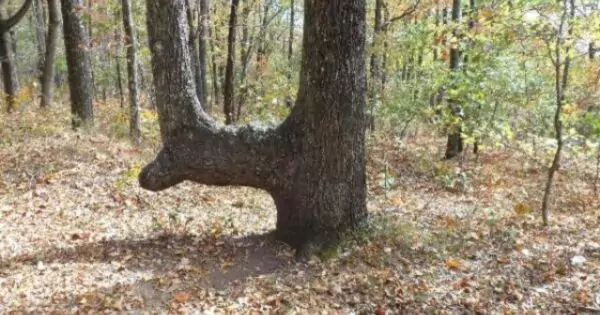
The Debate and Efforts to Save These Trees
Some people think these bent trees happened naturally, but many believe they were made by people. Today, there’s a big effort to keep these special trees safe. Conservationists, historians, and Native American groups are working together to find, protect, and teach people about these trees. They show us how people in the past lived in harmony with nature and used their knowledge to survive.
Exploring Forests with Respect
Looking for trail trees is exciting, but we must be careful not to harm them. Stick to the paths, don’t touch or climb the trees, and always respect the forest. You can also join local history or nature groups to learn more about these trees. This helps you enjoy the forest and supports keeping these important trees safe.
The National American Forests website explains that in the U.S., you’ll see trees with unusual shapes. Their trunks might bend weirdly or have strange angles. While some are just natural oddities, many of these trees are historical landmarks. Native Americans used to bend young trees to make trail markers. These markers showed safe paths and pointed to water, food, and other important spots. These trees have grown over time, keeping their bent shape. We might not need these “trail trees” for directions now, but they tell an important part of history.
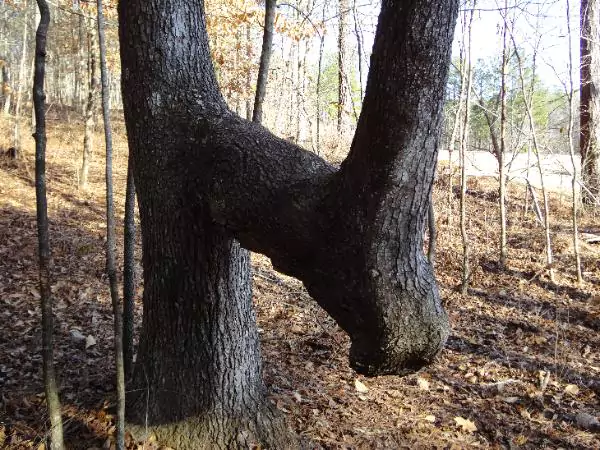
Yes, nature does create many bent and oddly shaped trees. But Native Americans did something special with some trees, and you can tell these apart from natural ones.
For instance, many forest trees bend naturally, like the one in the picture. But trees bent by Native Americans often have a noticeable bump or notch at the end of the bend. They made this by fitting a part of the tree into a hole and letting it grow around it.
Another small detail helps tell apart natural wonders and man-made bent trees. Look at the top part of the inner bend. You might see marks from straps used when the trees were young.
Many of these trees are 150-200 years old. But with the growing population and other factors, we might lose these natural treasures.
That’s where the Mountain Stewards website comes in. They’ve mapped over 1,000 bent trees across the country and noted their locations.
It’s a race against time to see these amazing pieces of American history before they disappear. Everyone, young and old, should try to see them!
Conclusion:
Bent trees in the forest are not just interesting to look at; they connect us to our history. They remind us of the cleverness and natural skills of people long ago. As we explore and find these trees, let’s remember to treat them with care so they can be around for many more years.


